Astronomers observe the “redshift” of the found star system
The most distant galaxy is visible as it was about 300 million years after the Big Bang. This means that the light that the James Webb Space Telescope saw from this primordial galaxy traveled for 13.5 billion years to reach the Milky Way.
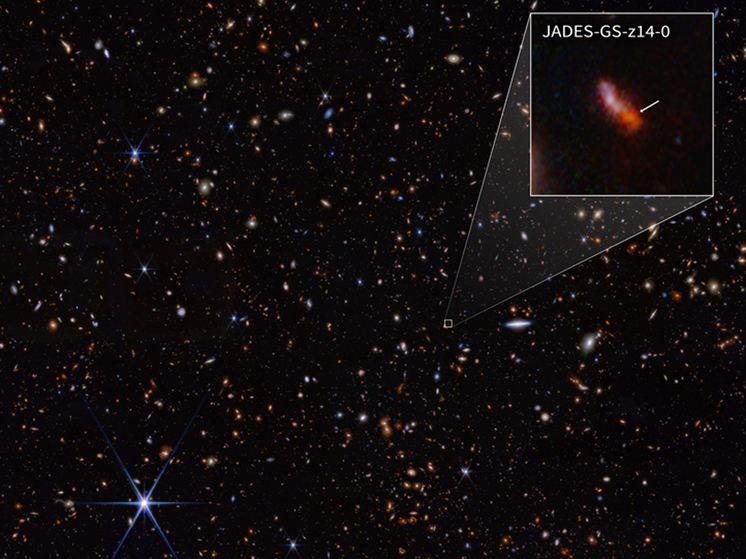 Photo: stsci-opo.org
Photo: stsci-opo.org
The new galaxy was discovered along with another, JADES-GS-z14-1, which is almost as far away and ranks second in the ranking of the earliest galaxies ever seen by humanity.
“These galaxies join a small but growing population of galaxies in the first half-billion years of cosmic history, where we can actually study stellar populations and the characteristic structures of the chemical elements within them,” explains team member and Kavli Institute of Cosmology scientist Francesco D'Eugenio.
However, JADES-GS-z14-0 is notable not only for how far it is from Earth and how early it appeared in space. At about 1,600 light-years across, this galaxy is both large and bright.
“The size of the galaxy clearly shows that most of the light comes from a large number of young stars, rather than from material falling into a supermassive black hole in the center of the galaxy, which could make it appear much smaller,” says JADES research leader Daniel Eisenstein.
JADES aims to provide vital insight into how stars, gas and black holes evolved in primordial galaxies when the 13.8 billion-year-old Universe was very young.
The extreme brightness of the JADES-GS-z14 discovery -0 and the fact that this glow is provided by young stars means that this galaxy represents the most striking evidence of the rapid formation of large, massive galaxies in the early Universe discovered to date.
The light emanating from these galaxies at the dawn of the space age has a wide range of wavelengths, similar to light from galaxies closer to the Milky Way. The very fabric of space expands, and as light passes through it, its wavelength increases along with it. This causes light to “shift” towards the red portion of the electromagnetic spectrum, hence the name “red shift”.
The new galaxy has a redshift of z=14.32, while the previous most distant galaxy, JADES-GS-z13-0, has a redshift of z=13.2, indicating it existed 400 million years after the Big Bang, astronomers said. That means the James Webb Space Telescope has peered back in time another 100 million years or so.
When the distant galaxy was first spotted, it was close to another, closer to Earth. Because of this, the team speculated that they might be celestial neighbors. This idea was dispelled in October 2023, when the JADES team spent five days performing an in-depth analysis of JADES-GS-z14-0 using filters specifically designed to identify early galaxies.
The galaxy also surprised its discoverers, because its light is even redder than expected. This is because the light from JADES-GS-z14-0 is «reddened» by the dust it contains, which will become the building blocks for stars.
Another surprise was the discovery of oxygen in JADES-GS-z14 -0. Elements heavier than hydrogen and helium are formed by stars during their lives and then distributed throughout galaxies when those stars «explode.»
Astronomer Jake Helton of Steward Observatory and the University of Arizona believes that, given the relatively small area of the sky, , which JWST probed to find JADES-GS-z14-0, its discovery has major implications for the predicted number of bright galaxies we see in the early Universe.
“It is likely that within the next decade from With the help of JWST, astronomers will discover many such luminous galaxies, perhaps even earlier ones,” he concluded.


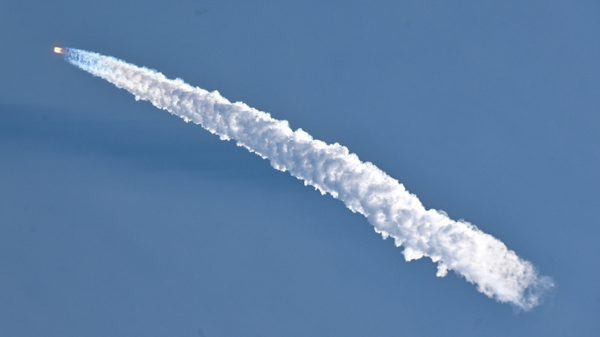







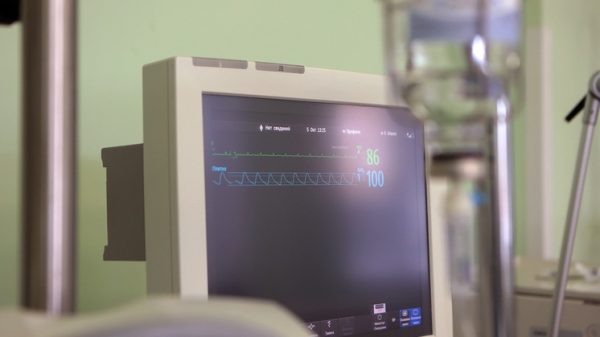







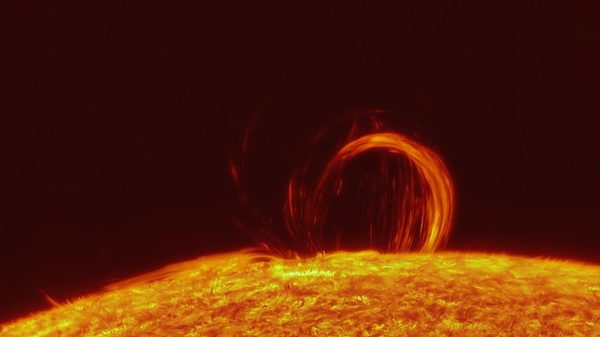
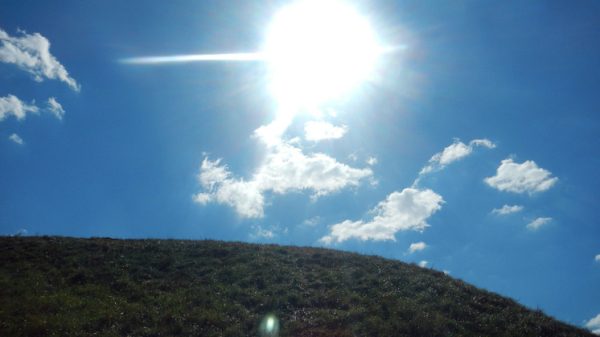














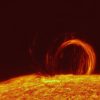


















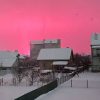




Свежие комментарии